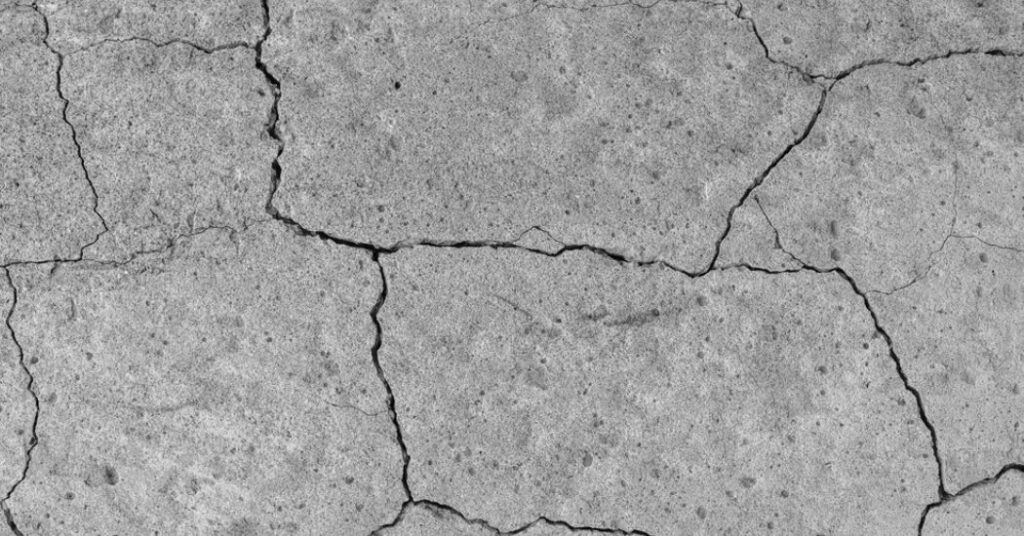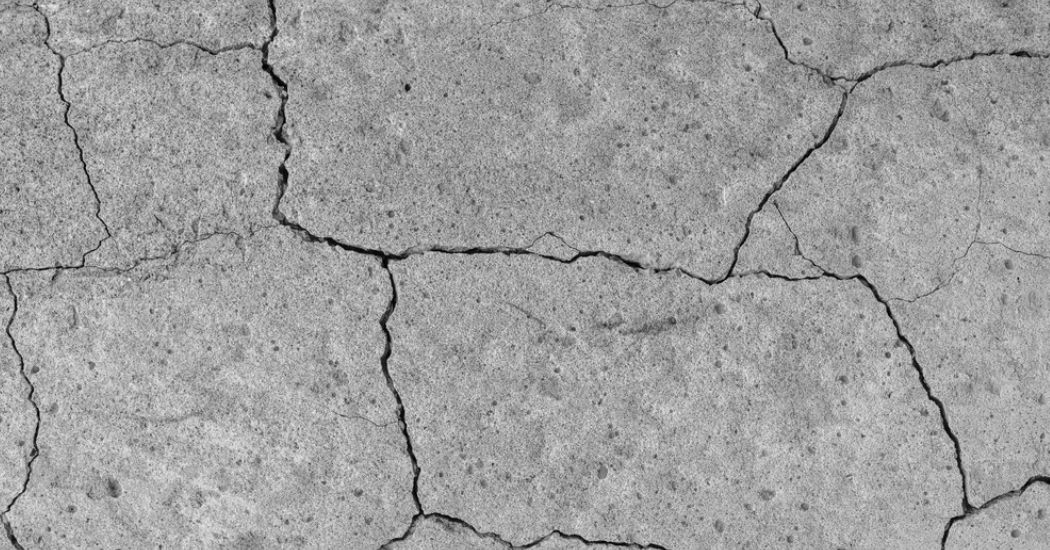You’re excited about your new concrete project, right? You can already picture that smooth, flawless surface. But then, BAM! Cracks show up and ruin the whole vibe.
At Boise Concrete Contractor, we’ve seen our fair share of cracked concrete. And let us tell you, it’s not pretty. But here’s the GOOD NEWS: many common causes of concrete cracking can be PREVENTED with the right know-how.
So, let’s dive in and learn how to keep your concrete looking fresh and crack-free!
Understanding Concrete Cracking
First off, what exactly IS concrete cracking? Simply put, it’s when your smooth slab develops lines, gaps, or fissures. These cracks can be hairline-thin or INCHES WIDE, and they can run in all directions.
Now, you might be thinking, “So what? A few cracks never hurt anyone.” But trust us, addressing concrete cracks is CRUCIAL. Here’s why:
- Cracks can let water SEEP IN, causing erosion and weakening the concrete.
- They can lead to TRIPPING HAZARDS and make surfaces uneven.
- Cracks are just plain UGLY and can tank your property value.
So, yeah, cracks are a BIG DEAL. But don’t worry, we’re here to help you PREVENT them!
Common Causes of Concrete Cracking
Alright, let’s talk about WHY concrete cracks happen. There are a few main culprits:

Excess water content
Too much water in the mix can weaken concrete and make it crack-prone. It’s like adding too much milk to your cereal – it just gets SOGGY and falls apart!
Rapid drying and evaporation
On the flip side, if concrete dries TOO FAST, it can shrink and crack. This often happens on HOT, WINDY days when the moisture gets sucked right out.
Lack of control joints
Control joints are PLANNED CRACKS that help concrete expand and contract without random cracking. If these aren’t cut properly, UNCONTROLLED cracks can form.
Settling issues
If the ground under the concrete SETTLES or shifts, it can cause cracks. This is especially common in areas with POOR SOIL or recent excavation.
Overloading and heavy loads
Concrete is STRONG, but it’s not invincible. If you OVERLOAD it with too much weight (think heavy vehicles or equipment), cracks can form.
Types of Concrete Cracks
Not all cracks are created equal. Here are some common types:
Plastic shrinkage cracks
These are those HAIRLINE CRACKS that form as fresh concrete is drying. They’re usually shallow and not a huge concern.
Thermal cracks
When parts of the concrete EXPAND and CONTRACT at different rates (due to temperature changes), thermal cracks can happen. These are often DEEPER and more serious.
Foundation settlement cracks
If the GROUND underneath settles, it can cause BIG, DIAGONAL cracks in concrete foundations. These are NOT to be ignored!
Honeycomb cracks
If concrete isn’t properly mixed or vibrated, VOIDS can form that look like honeycombs. These weaken the concrete and look NASTY.
Implications of Concrete Cracking
So, WHY should you care about cracks? Well, they can cause some SERIOUS issues:
Structural integrity concerns
DEEP, WIDE cracks can compromise the strength of your concrete. This is especially dangerous in load-bearing structures like FOUNDATIONS and WALLS.
Aesthetic issues
Let’s face it, cracks are just UGLY. They can make your beautiful concrete look OLD and UNKEMPT. Not the vibe you’re going for, right?
Long-term durability impacts
Cracks let WATER and DEBRIS get into your concrete, which can cause EROSION and DETERIORATION over time. If not fixed, your concrete won’t last as long as it should.
Preventive Measures for Concrete Cracking
Here’s the good news: MANY concrete cracks can be prevented! Here’s how:
Importance of quality materials
Using HIGH-QUALITY cement, aggregates, and ADMIXTURES can help prevent cracks. Don’t skimp on materials – it’s not worth it!
Effective curing techniques
Proper CURING is key to preventing cracks. This means keeping the concrete MOIST and at a CONSISTENT TEMPERATURE for at least a week after pouring.
Proper installation of control joints
Control joints should be CUT or FORMED at the right depth and spacing to prevent random cracking. Don’t skip this step!
Maintenance practices
SEALING concrete, FIXING cracks promptly, and AVOIDING heavy loads can all help prevent future cracking.
Repairing Concrete Cracks
Okay, but what if you already HAVE cracks? Don’t panic, there are solutions:
Assessing the severity of cracks
First, MEASURE the width and depth of the cracks. Hairline cracks are usually no biggie, but wide or deep ones may need professional attention.
Repair techniques for minor cracks
For small cracks, you can use CONCRETE SEALANT or FILLER. Just CLEAN the crack, APPLY the product, and SMOOTH it out. Easy peasy!
Solutions for major cracks
For bigger cracks, you may need to PATCH or RESURFACE the concrete. This involves cutting out the damaged area, filling it with NEW CONCRETE, and blending it in.
Use of sealants and fillers
Sealants and fillers can help WATERPROOF and STRENGTHEN cracked concrete. They come in different colors, so you can even MATCH your existing surface.
At the end of the day, the BEST way to deal with concrete cracks is to PREVENT them in the first place. That means QUALITY MATERIALS, PROPER INSTALLATION, and REGULAR MAINTENANCE.
But even if cracks happen (and hey, sometimes they do!), there are ways to FIX them and keep your concrete looking FANTASTIC.
So, don’t let cracks RUIN your concrete dreams. Follow these tips from Boise Concrete Contractor and enjoy that SMOOTH, SOLID, CRACK-FREE surface for YEARS to come!
